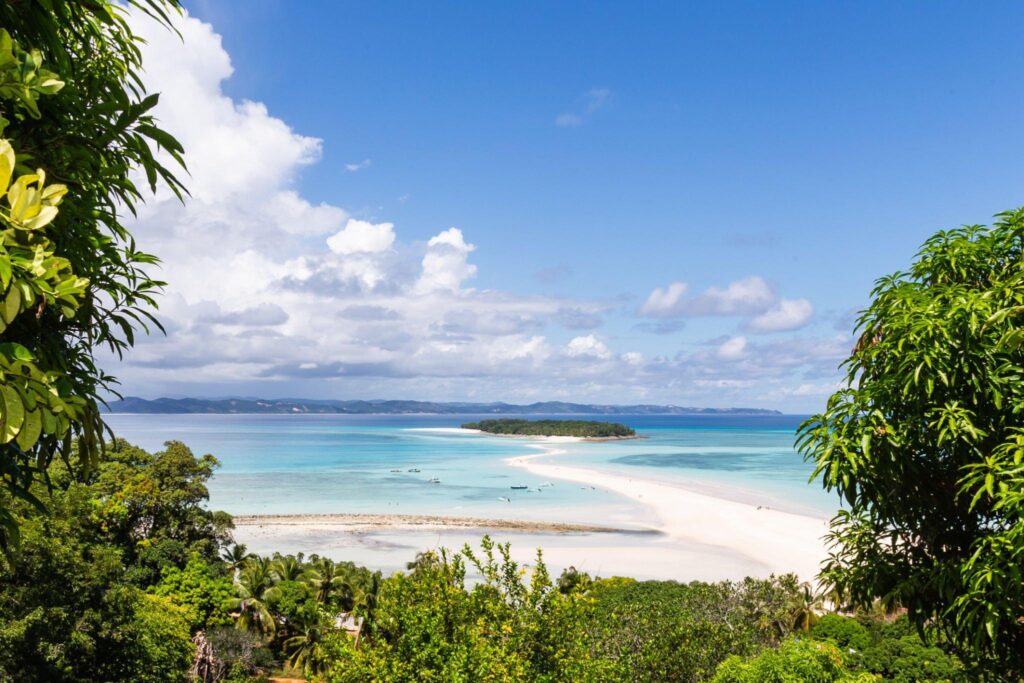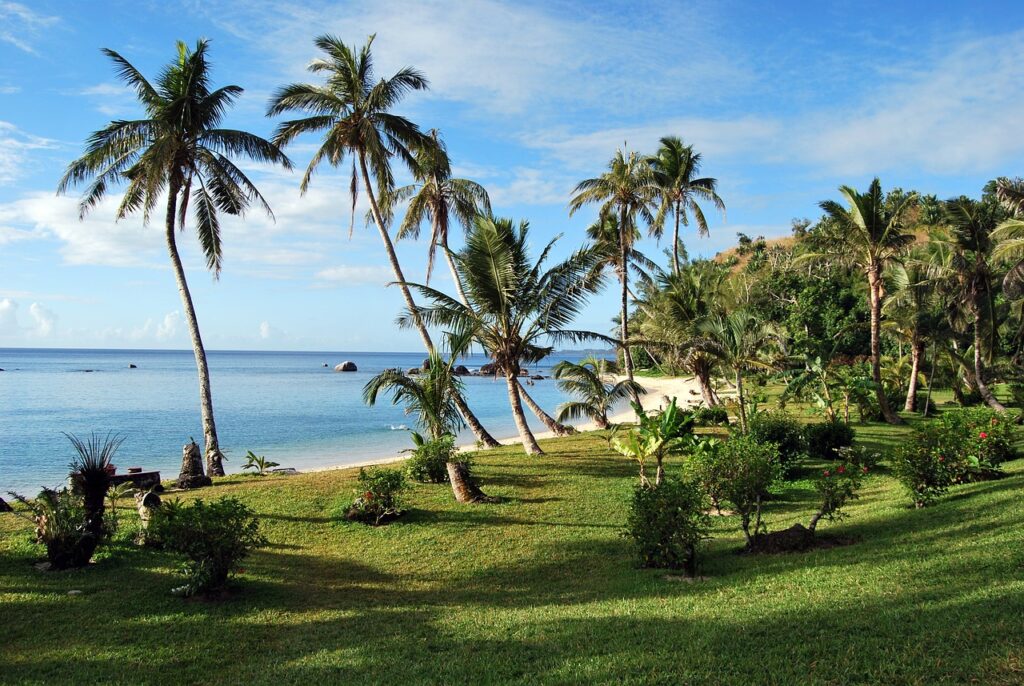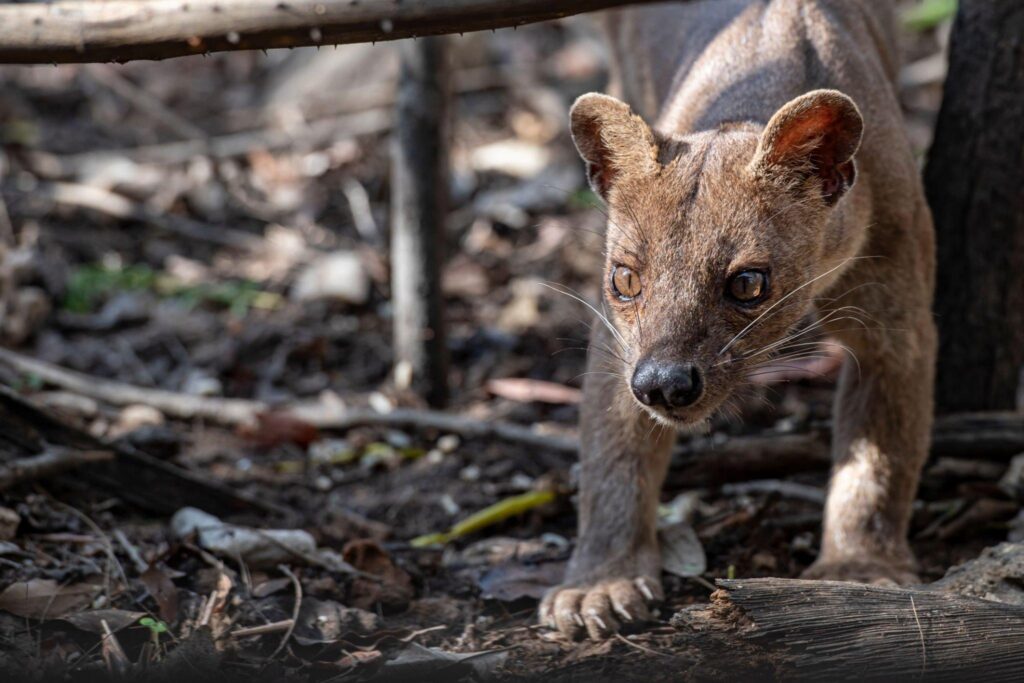Madagascar, the land of diverse landscapes and vibrant cultures, beckons travelers with its unparalleled beauty and tropical allure. Nestled in the Indian Ocean, this island nation boasts a unique blend of ecosystems, from lush rainforests to pristine beaches. If you’re a wanderer seeking a slice of paradise, let’s set sail to explore Madagascar’s captivating tropical islands.

Unveiling the Beauty of Madagascar’s Tropical Islands
A Glimpse of Island Heaven
Imagine stepping onto shores where azure waters kiss powdery sand, and the air is fragrant with the scent of exotic flora. Madagascar offers this and more, a tropical haven that seems almost unreal. With over 2000 kilometers of coastline, it’s a playground for beach lovers, nature enthusiasts, and curious souls.
Diverse Archipelagos
Madagascar is adorned with several archipelagos, each with its own allure and character. These island clusters are windows into the country’s soul, offering insight into its biodiversity and culture. From the intriguing Nosy Be Archipelago to the lesser-known gems, there’s an island for every type of explorer.
Lush Rainforests and Pristine Beaches
Beyond the crystal waters, Madagascar’s interior holds treasures waiting to be discovered. Verdant rainforests brimming with life are home to lemurs, chameleons, and an array of flora found nowhere else on Earth. And when you yearn for the embrace of the sea, hidden beaches like secrets await your footprints.
Exploring Island Diversity: Hopping through Madagascar’s Archipelagos

Nosy Be Archipelago
Dive into the enchanting waters of the Nosy Be Archipelago, a collection of paradisiacal islands off Madagascar’s northwest coast. Among them, Nosy Komba stands out as a haven for lemurs. Imagine encountering these curious creatures in their natural habitat, a memory etched forever.
Nosy Iranja: Paradise Found
The double islands of Nosy Iranja present a picture-perfect postcard. Connected by a sandbank, you can stroll between them during low tide, a surreal experience. Here, time stands still, and you’re free to lose yourself in the tranquility of azure waters and sun-drenched shores.
Nature’s Retreat: Rainforests and Beaches
The Allure of Rainforests
Madagascar’s rainforests are like passages to another world, where ancient trees whisper stories and the calls of exotic birds fill the air. Andasibe-Mantadia National Park beckons with its resident lemurs and breathtaking waterfalls. Venture to Ranomafana National Park for a chance to glimpse elusive aye-ayes.
Tranquil Beach Escapes
For a change of pace, indulge in the calm embrace of Madagascar’s beaches. Ifaty offers a coral lover’s paradise, where vibrant marine life thrives beneath the waves. Anakao, on the other hand, entices with its serenity and rustic charm, an oasis for those seeking solace by the sea.
Cultural Fusion: Malagasy Way of Life
Melting Pot of Cultures
Madagascar’s cultural tapestry weaves threads from Africa, Asia, and Europe, resulting in a rich and diverse society. The warmth of its people and the harmonious coexistence of traditions make every interaction a treasure.
Traditions and Festivals
Celebrate life through Malagasy traditions and festivals that reflect the islanders’ deep connection with nature and community. The famadihana, a traditional exhumation ceremony, showcases the Malagasy perspective on life and death. The scent of vanilla fills the air during the Donia Festival, a testament to Madagascar’s status as a major vanilla producer.
Warm Hospitality and Cuisine
Hospitality is a way of life in Madagascar. Whether you’re welcomed into a village home or a luxury resort, the open hearts of the people make you feel like family. And don’t miss the chance to savor Malagasy cuisine, a blend of flavors influenced by its diverse heritage.
Wildlife Wonders: Unique Fauna and Flora

A Biodiversity Hotspot
Madagascar’s isolation led to the evolution of its distinct flora and fauna. Among the highlights are the charismatic lemurs, a diverse range of chameleons, and the iconic baobab trees that dot the landscape.
Lemurs: Madagascar’s Iconic Residents
Lemurs steal the spotlight, with over 100 species found only on this island. From the playful ring-tailed lemurs to the wide-eyed indri, observing these creatures in their natural habitat is a privilege.
Chameleons and Baobabs: Nature’s Oddities
Madagascar’s wildlife doesn’t stop at lemurs. It’s a realm of wonders, from the mesmerizing color-changing chameleons to the majestic baobabs that stand as sentinels of time.
Preserving Paradise: Ecotourism and Conservation Efforts
Sustainable Travel Choices
As you explore Madagascar’s tropical islands, remember the importance of responsible travel. Opt for eco-friendly accommodations, choose local guides who respect nature, and minimize your environmental footprint.
Protecting Fragile Ecosystems
Madagascar’s unique ecosystems are fragile and facing challenges. Conservation efforts are vital to safeguarding the island’s biodiversity. Support local initiatives that work towards habitat preservation and wildlife protection.
Responsible Tourism Initiatives
Engage in activities that benefit local communities directly. By buying crafts from artisans and supporting community-based tourism, you contribute to the sustainable development of Madagascar’s islands.
Conclusion
As we bid farewell to Madagascar’s tropical embrace, it’s evident that this nation is a harmony of nature’s marvels and humanity’s diversity. From the call of lemurs to the rhythm of festivals, every moment spent on these islands is a testament to the intricate balance of life and culture.
FAQs About Exploring Madagascar’s Tropical Islands
Q1: What is the best time to visit Madagascar?
The ideal time to visit is during the dry season, from April to November, when the weather is pleasant and wildlife is active.
Q2: Are there luxury accommodations available on the islands?
Absolutely! Madagascar offers a range of luxury resorts that blend seamlessly with the natural surroundings.
Q3: Is Madagascar safe for travelers?
While Madagascar has its share of challenges, exercising common travel precautions will ensure a safe and memorable experience.
Q4: How can I contribute to conservation efforts while visiting?
Support local conservation initiatives, adhere to eco-friendly practices, and consider volunteering with organizations dedicated to preserving Madagascar’s unique ecosystems.
Q5: Are there direct flights to Madagascar from international locations?
Yes, you can find direct flights from major international cities to Madagascar’s Ivato International Airport in Antananarivo.
